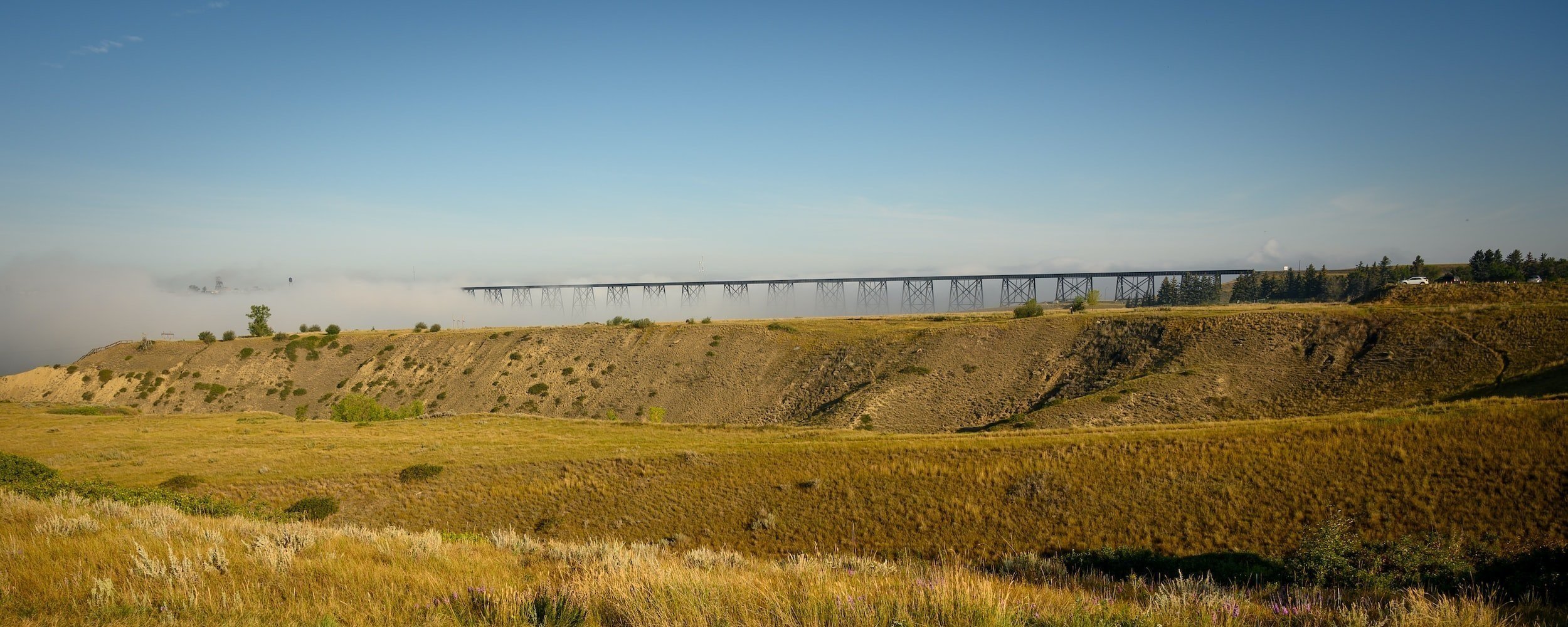
Frequently Asked Questions
FAQs
-
Forest school is an educational model that has existed around the world since the late 1950s with many well-established programs in existence. In this model:
Students engage in repeated and regular visits to a natural area.
Students direct their learning in a child-centered environment which focuses on an emergent curriculum and inquiry-based learning.
Teachers facilitate learning based on what the children are interested in. This may be influenced by factors such as the weather conditions, loose parts and materials made available to the students, and experiences they had on a previous visit. We use a variety of teaching approaches including inquiry-based, play-based, experiential, place-based, and emergent curriculum.
-
There is a growing body of evidence suggesting the benefits of outdoor play for the health and development of children. Including benefits to their:
Mental health - decreased stress and anxiety, improved social skills, etc.
Physical development - children are more active when they are outdoors, improved motor skills, improved ability to manage risk, etc.
Cognitive development - improved focus and concentration, greater engagement in their learning, enhancing imagination and problem solving skills, etc.
Further, by providing children with opportunities to connect with and learn about the natural world, we are helping to support a generation of adults who are connected with the land and more likely to understand and protect it.
-
We take safety and risk very seriously at forest school. Risk is an inherent part of forest school and healthy child development. Our staff are not only trained in emergency response and procedures (i.e. standard first aid training, site specific emergency procedures, etc.) but also in assessing risk and working with our students to co-assess and co-manage risk to ensure the safety of the group. Our staff conduct regular site inspections of our teaching areas to assess for potential hazards. Staff always carry emergency backpacks that include a well-stocked first aid kit, copy of site emergency procedures, and emergency contact information for all students.
-
Backpack
Water bottle & snacks
Waterproof bag of spare clothes (including underwear, socks, long pants and a long sleeve shirt)
Hand towel (to dry hands after washing them)
Depending on the season, differnt clothing and gear will be necessary. To view the full list, please refer to our Family Handbook.
-
YES! We offer an in house subsidy fund, available to families who may not otherwise be able to afford forest school programming. Contact us for info about the Coulee Critters Subsidy Fund.
Couldn’t find the answer you were looking for?
